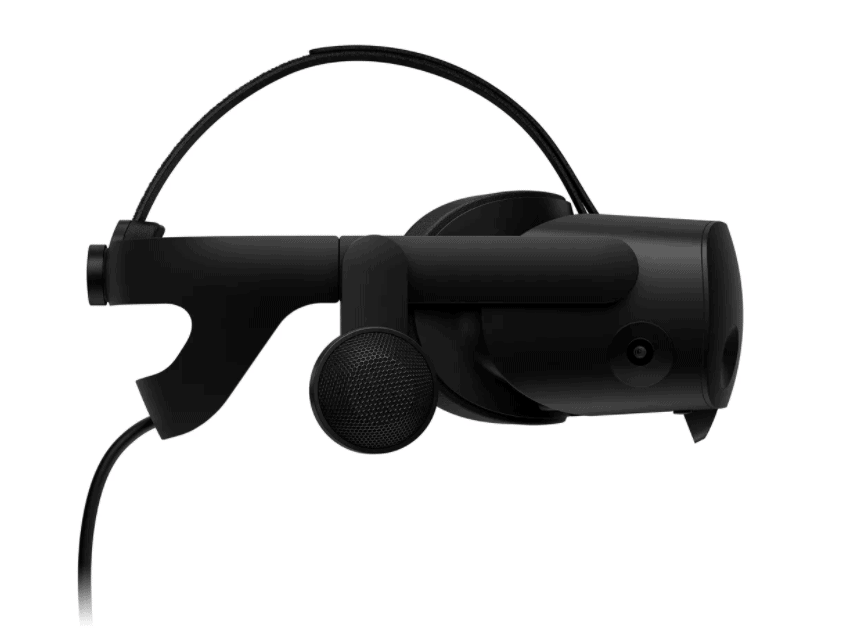Imagine you’re training to be a pilot or a doctor, experiencing a simulation in VR with convincing images and tools that feel like the real thing. And not only do you get to know how you did afterwards, but you can see how you focused, what your pulse rate was and maybe even what you were feeling.
The business-focused HP Reverb G2 Omnicept will build out insights on behaviour for training scenarios, and maybe even bring human emotions into VR.
VR headsets like Oculus Quest don’t look inwards to measure what we’re experiencing as we try new things, but some business-targeted VR headsets already have eye-tracking to measure what a wearer might be looking at or interested in. The HP Omnicept, a new VR training platform, goes further: It measures eye movement, face and lip movement, pupil size and even heart rate. It’s on target for release in May 2021 and points to a new wave of work and training tech designed for a more feedback-focused digital world. The eye-tracking tech is from Tobii, which also supplies tech to the HTC Vive Pro Eye and other VR and AR headsets. But the other sensors are new.
According to HP, the combination of pulse, eye tracking and face tracking will open up cognitive and behavioural insights to improve VR training for people like pilots. But it could also allow businesses and researchers to understand how someone is emotionally engaging in VR.

Photo courtesy – HP.
The most interesting (and weird) part of Omnicept is HP’s commitment to an “inference engine” that will be developed using the headset’s sensors, creating algorithms that can study elements of behaviour and attention. It will start by measuring cognitive load: how overwhelming a task could be to someone, and how much an individual can process at a time. Pulse, eye movement, pupil dilation and facial expressions will contribute to estimating those results.
There are already plenty of VR training hardware applications and headsets, many of them already being used to train pilots, test-drive virtual cars, or train for medical procedures. The goal of the Omnicept is to add more tools and enhance the ways research can study VR training even further.
HP plans to use Omnicept to add more emotional context to avatars in VR, too — it’s something that’s absent from VR headsets that miss out on face-to-face video chat. (Imagine an avatar smiling when you smile or communicating other emotions over time.) Bailenson feels, however, that the study of emotion is much more nuanced and harder to nail down than cognitive load at the moment.
Smart VR Lab develops and produces training content for businesses across multiple industries. To transform your business, simply contact Smart VR Lab for a demo and set up a meeting with our team. If you have questions on anything related to VR, you can always send us a mail to info@smartvrlab.nl